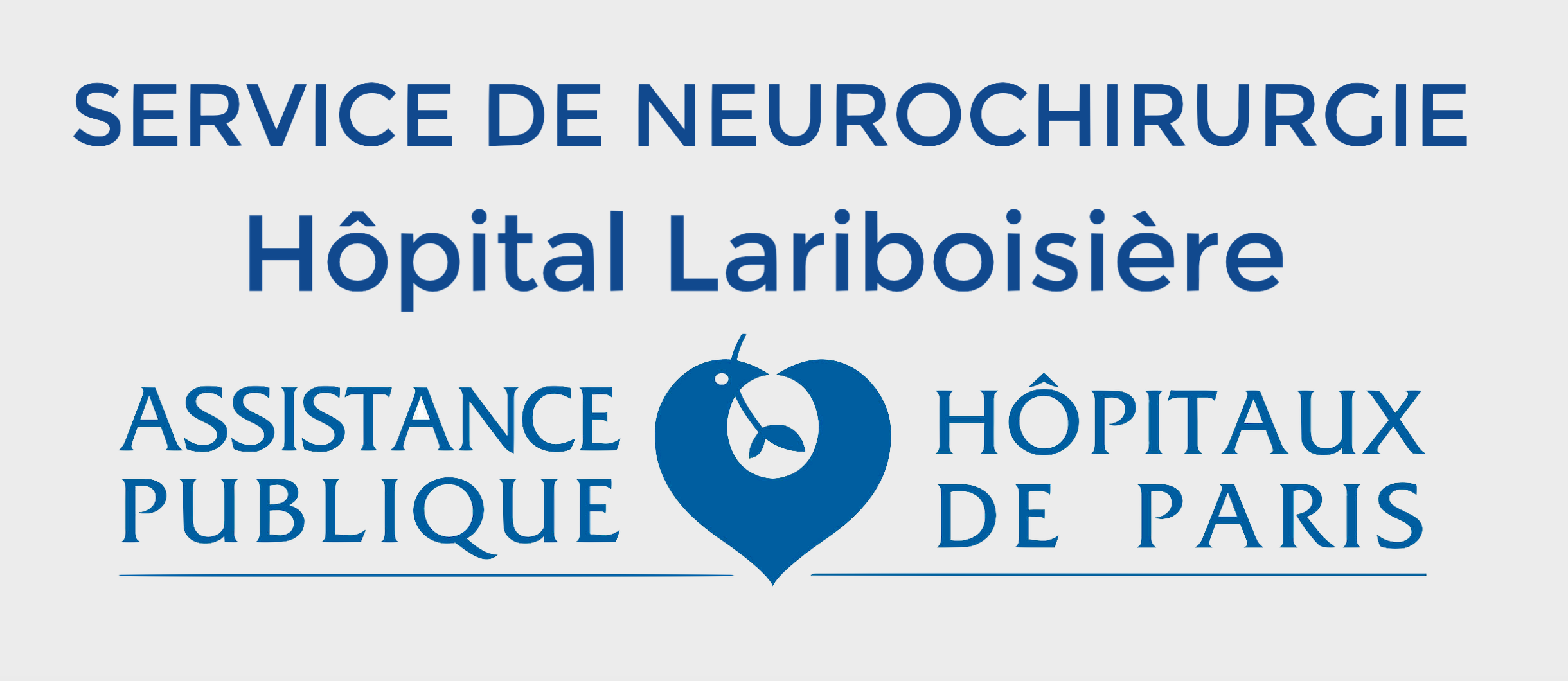What is an aneurysm?
An aneurysm is an arterial malformation, which arises in an area of fragility of the wall of the artery, causing a dilation called “aneurysmal sac”, in which the blood circulates and which can rupture.
What are the risk factors?
There are certain recognized predisposing factors such as high blood pressure, active smoking, hypercholesterolemia, alcoholism.
Certain rare diseases such as familial kidney polycystic disease, Marfan disease, Ehlers-Danlos syndrome (vascular-type 4) favor the occurrence of aneurysms.
There are rare cases of family aneurysms.
Frequency and risk of bleeding
Its incidence is 2% of the general population with an estimated risk of bleeding of less than 1% / year.
How does an aneurysm manifest?
A sudden, severe headache is the key symptom of a ruptured aneurysm, causing bleeding into the brain (hemorrhagic stroke). Most often a ruptured brain aneurysm occurs in the space between the brain and the thin tissues covering the brain, occupied by the cerebrospinal fluid. This type of hemorrhagic stroke is called a subarachnoid hemorrhage. Sometimes the rupture also causes bleeding inside the brain, an intra-cerebral hematoma.
It is a serious life-threatening pathology in the event of rupture which requires urgent multidisciplinary specialized care associating a neurosurgeon, an interventional neuro-radiologist and a neuro-resuscitation team. The prognosis is poor and the outcome uncertain.
More rarely, an aneurysm can manifest itself by the compression that it exerts on adjacent structures such as the nerves responsible for the mobility of the eye. It then leads to double vision.
Finally, today aneurysms are often discovered by chance due to the multiplication of brain imaging exams such as CT and MRI. In this case the question is to treat or not. It depends on a number of factors such as:
- Patient’s age
- The risk of bleeding which itself depends on, the size of the aneurysm, its location, its form and the associated risk factors (smoking, high blood pressure, hypercholesterolemia)
- The risk of treatment
The treatment of an unruptured aneurysm is discussed at a multidisciplinary meeting that brings together neurosurgeons and interventional neuroradiologists.
How do you treat an aneurysm?
The two therapeutic modalities are microsurgery and embolization.
In complex cases such as a giant aneurysm, a combined surgical procedure with clipping and / or bypass and endovascular treatment can be proposed to reduce the risks and optimize the therapeutic result.
